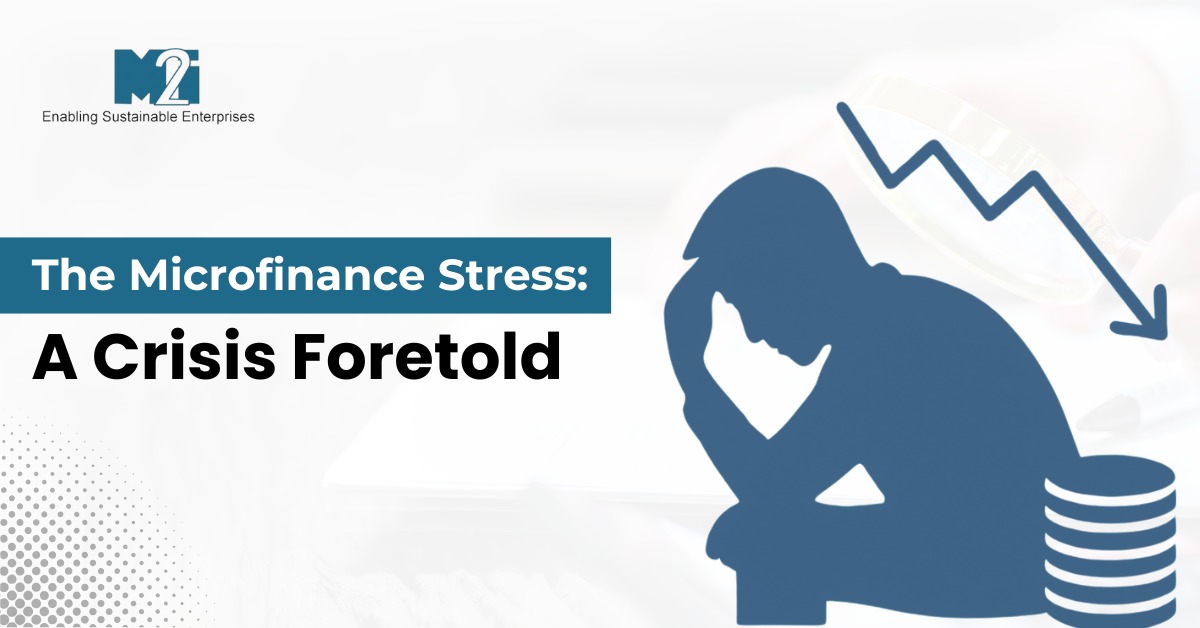
The Microfinance Stress: A Crisis Foretold
The recent surge in microfinance stress was not a bolt from the blue—it was anticipated by many who closely watch the sector. Between April and September 2023, stress levels in microfinance doubled, a fact highlighted in RBI data. Analysts and insiders had long flagged early warning signs: rapid growth in credit, concentration of lending in certain geographies, and rising household indebtedness.
Despite these red flags, corrective measures were either delayed or insufficient. While regulatory bodies issued broad guidelines and some lenders adjusted their risk assessment models, the sector largely continued on an aggressive growth path. Credit saturation in states like Bihar and Tamil Nadu, where multiple lenders chased the same borrower base, made default risks inevitable.
The problem wasn’t just borrower stress—it was systemic. Limited use of granular credit bureau data, lack of real-time borrower exposure tracking, and absence of coordinated regional caps compounded the issue. As some have pointed out, this was less about rural distress and more about unchecked supply of credit.
Now, as the sector re-evaluates its strategies, the lesson is clear: microfinance must balance growth with quality, and foresight with action. Because knowing a storm is coming means little if you don’t actually prepare for it.